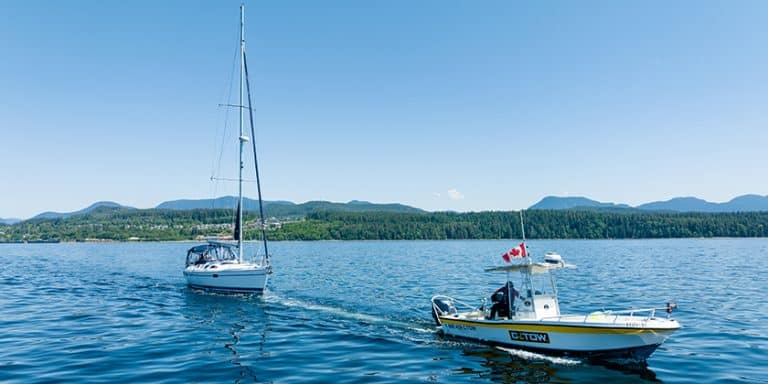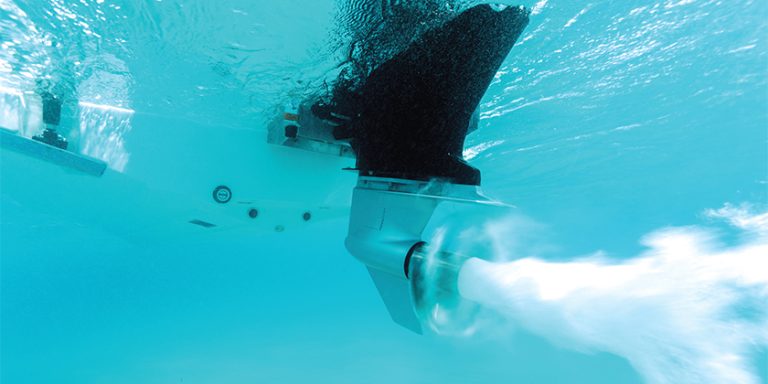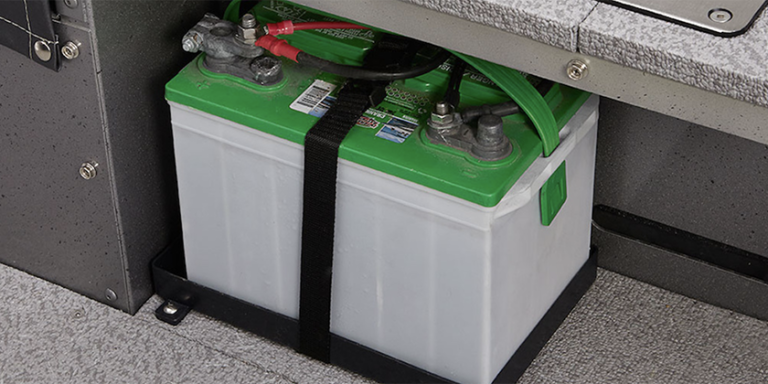Sponsored: Trim Tabs vs. Interceptors: What are the Advantages and Disadvantages?
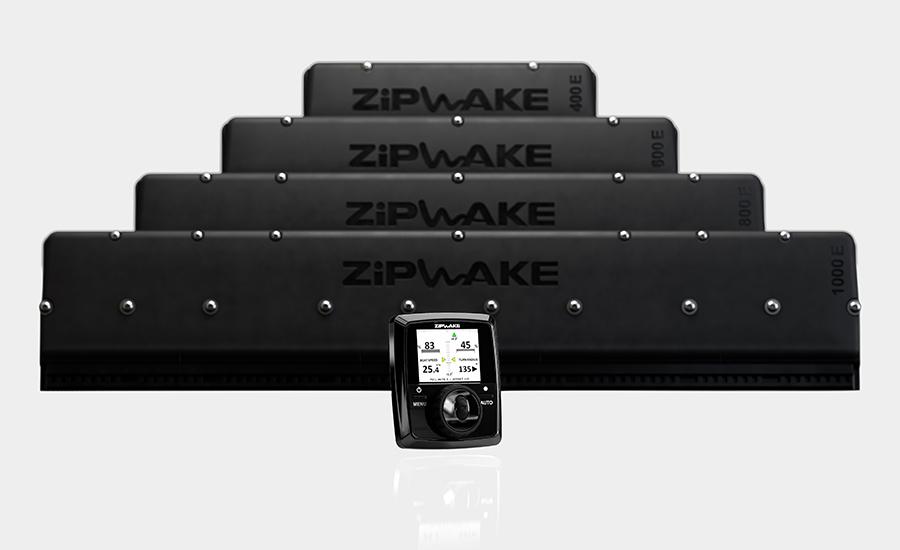
Series E is a family of large, fast-acting interceptors that includes four straight, three tunnel and four chine models.
Sept 12, 2023
Trim tabs are a common device attached to the transom or within a transom pocket, usually in pairs, that can lift the transom and lower the bow under way by pressing down at an angle into the water flowing past the transom. The sharper the angle, the greater the effect of the trim tab.
Interceptors are mounted on the lowest surface of the transom, and like trim tabs, interceptors redirect the water flow to change the attitude of transom and bow. Where they differ is that interceptors enter the flow at approximately a right angle, or vertically. Also, interceptors extend only a small distance, just 30 millimeters – roughly 1 inch – in the case of Zipwake interceptors.
For example, a Zipwake interceptor that is 12” wide will have a blade that measures 12” x 1” and a trim tab that’s 12” wide will typically measure 12” x 9” or 12” x 12”.
Because of that size, trim tabs can foul lines in the water and easily be damaged against pilings or docks. As a result, the lower-profile interceptors are often preferred by fishing, lobster, pilot, and other commercial boats.
Bow rise occurs initially because most boats are heavier in the stern and lighter in the bow, and as a boat accelerates, the bow lifts up and the stern sinks, pushing a wall of water in front of it. As the boat accelerates, the engine must drive the boat uphill to get “over the hump” and onto a plane. Both interceptors and trim tabs assist the engine by creating upward pressure at the stern, reducing the steepness of the hill the boat must climb and helping it level out faster. While both can work well, where they differ is in their reaction time and efficiency in creating lift without lots of drag at the same time.
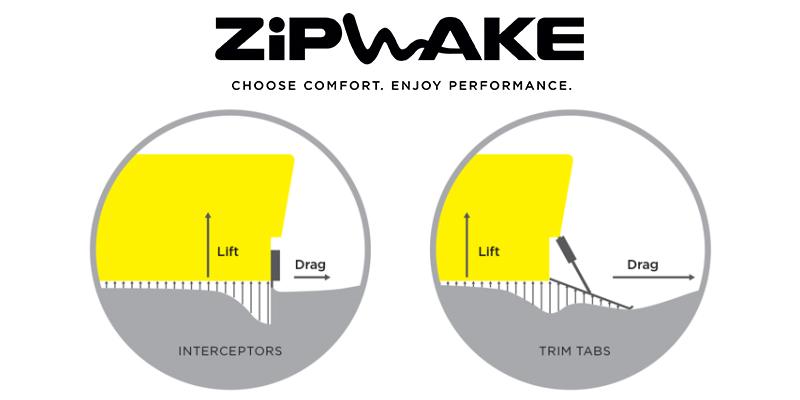
Efficiency
The main advantage of an interceptor system is the smaller blade and the speed at which it can deploy and retract. Zipwake interceptors move from fully retracted to fully extended in 1.5 seconds. That’s four to five times faster than trim tabs, which typically take 6 to 8 seconds. That means as you leave the harbor and accelerate up to cruising speed, your boat will get “out of the hole” and onto a plane significantly faster with interceptors.
That speed also comes into play with automatic roll control. If a boat is planing but listing perceptibly due to sea state or cargo, some interceptors and trim tabs can be used to manually counteract the list or roll. With a Zipwake system, a gyro sensor in the control head can balance the boat automatically when planing, by extending or retracting the port or starboard units separately, as needed.
Given that an interceptor retracts and deploys faster than a tim tab, and a small increment of interceptor will generate a large amount of lift, the system can react quickly enough to offset the varying period of different sizes and shapes of waves. While some trim-tab systems attempt to automatically control roll as well; tests conducted by Imtra showed that the trim-tab roll-control systems may work in a long swell but simply can’t keep up in a shorter, steeper chop.
As illustrated in the video, the smaller blade of the interceptor also creates less drag than a conventional tab, improving speed and fuel efficiency.
Sensitivity & Control
Interceptors travel relatively small distances and can be adjusted in fine increments. For example, a Zipwake unit has a stroke distance of only 30mm and can be adjusted within that range by 0.5mm at a time, allowing the boat to be balanced in a fine-tuned manner. There is a physical gauge within the control-panel wheel that allows you to gauge each increment.
By comparison, trim tabs generally move at one speed, and cannot be customized to fit the specific pitch & roll needs of each different hull shape.

